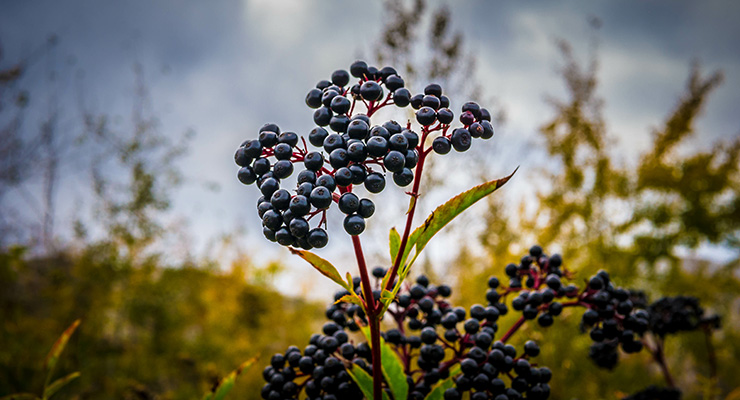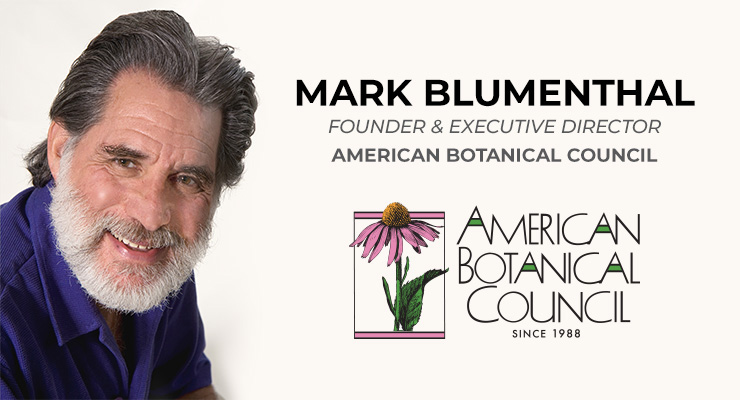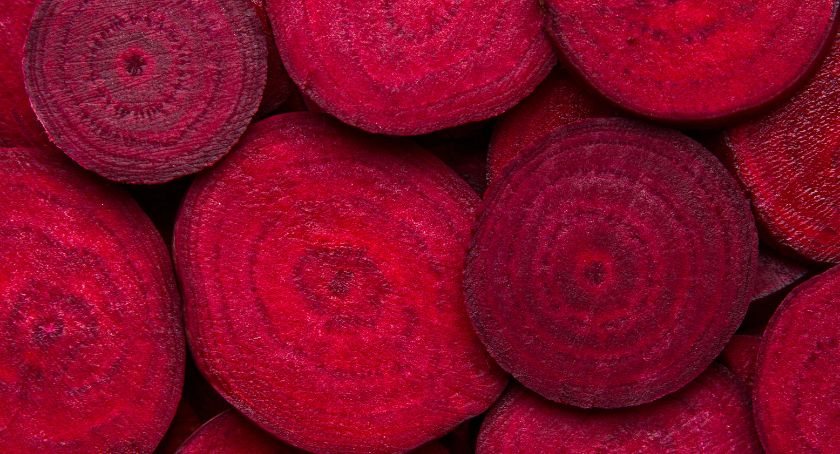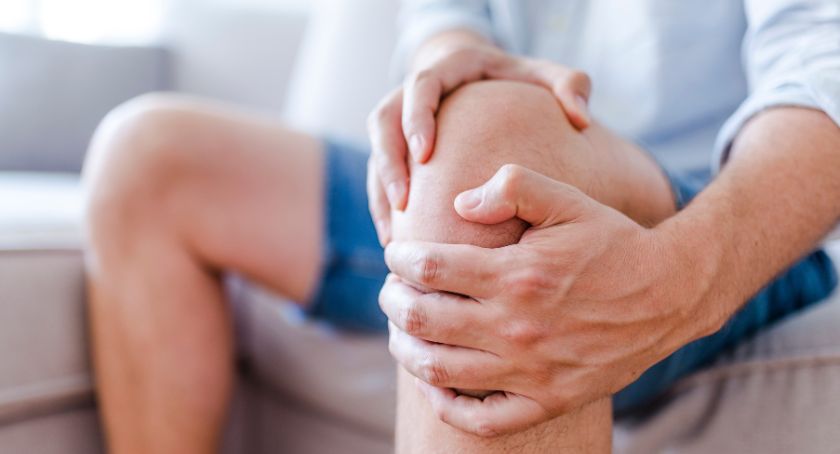Features
How to Keep Up with Botanical Adulteration
Mark Blumenthal discusses the development and adoption of best practices for keeping irreparably defective articles out of the marketplace.

By: Sean Moloughney

Mark Blumenthal has been a leading advocate and a central pillar of the herbs and medicinal plants market for nearly 50 years. He’s worn many hats, and Hawaiian shirts, in his career.
He’s the founder and executive director of the American Botanical Council (ABC), an independent, 501(c)(3) nonprofit research and education organization dedicated to providing accurate and reliable information for consumers, healthcare practitioners, researchers, educators, industry, and the media.
Blumenthal is also editor-in-chief of the peer-reviewed, quarterly journal HerbalGram. This summer marks 40 years since the first issue of HerbalGram, which started as a newsletter called Herb News that Blumenthal published, printed, and mailed to colleagues, allied industries, and health professionals.
In 1992 he started HerbClip, which provides summaries and critical reviews of articles covering research, regulation, marketing, and more. In February of this year ABC published its 9,000th HerbClip installment.
Additionally, Blumenthal initiated the Botanical Adulterants Prevention Program (BAPP) alongside two other leading nonprofit organizations—the American Herbal Pharmacopoeia (AHP) and the University of Mississippi’s National Center for Natural Products Research (NCNPR)—as a large-scale program to educate members of the herbal and dietary supplement industry about ingredient and product adulteration.
As of June 2023, BAPP has published 81 peer-reviewed documents. All BAPP publications are freely available on the BAPP homepage with registration on ABC’s website.
‘Burn It, Don’t Return It’
In the fall of 2022, BAPP completed and published its “Best Practices SOP for the Disposal/Destruction of Irreparably Defective Articles,” also known as “Burn It, Don’t Return It.” This is a voluntary standards initiative meant to assist buyers to remove ingredients from the supply chain if those articles are deemed by analytical lab testing to be “irreparably defective,” meaning they can’t be reconditioned or remediated for lawful use, and therefore should not be returned to the supplier.“There are many good, reputable, responsible suppliers who care about the quality of the ingredients they are procuring and selling,” Blumenthal noted. “There are many good companies in this community, run by people who are ethical and responsible, who care about the positive experience of the end customer.”
At the same time, there are bad apples interspersed. The collective dietary supplement industry is comprised of many different barrels, or segments, with a bad apple here or there buried in the mix.
The new “Burn It, Don’t Return It” SOP is designed to provide educational resources for companies as they navigate this marketplace, and to fill a gap in current Good Manufacturing Practice (cGMP) regulations.
According to BAPP, the SOP is “a voluntary set of guidelines, for use by suppliers, manufacturers, and distributors of herbal raw materials and other articles in implementing best practices to protect against intentional and accidental adulteration and ensure that irreparably defective raw materials and products are destroyed or appropriately disposed of and thereby removed from the supply chain.”
What happens when companies find that an ingredient shipment is adulterated to the point that it needs to be rejected? Sometimes companies send it back to the supplier for a refund or a shipment of something else. But sometimes a supplier may sell the rejected material to another customer instead of destroying it.
“People have told us they’ve received shipments from suppliers that had rejection stickers on them from the previous customer,” said Blumenthal. Mistakes happen, he added, and specification issues can often be lawfully remediated or reconditioned.
An example of economically motivated adulteration that can’t be remediated may be the addition of red dye in St John’s wort extract. “There’s no way you can get that food dye out of there. There’s no way to lawfully remediate that stuff,” he said.
“If you have this stuff in your warehouse and you have determined by the SOP that you’ve agreed to with your supplier that it’s irreparably defective, don’t you have an ethical responsibility to keep it out of the supply chain?”

A Thorough Process
Blumenthal had intended to publish an article on what colleagues had perceived to be an increase in the presence of adulterated or misbranded material. After drafting the piece he called Michael Levin, founder of Health Business Strategies, LLC, who suggested it be developed into an SOP to fill the cGMP gap and provide a resource for responsible companies.The process for developing the final SOP, which includes boilerplate contract language that companies can customize based on their needs and relationships with suppliers, took 4-5 years and included two rounds of public comment.
“We had an ad hoc advisory group of industry, regulatory affairs attorneys, food and drug law attorneys, and regulatory experts that helped us with this,” said Blumenthal.
“I felt it was important to put it out a second time (for comment) to show people we revised it based on public feedback, but here’s a second opportunity. If you have an issue, if you’re concerned about it, or if you have a question about it, now is the time, before we publish the proposed final version. We spent a lot of time, a lot of energy, a lot of the organization’s resources getting it out the door.”
The SOP applies to all ingredients and materials in commerce, not just botanicals. “We use the word ‘article’ because that can include a food ingredient or a supplement ingredient or a cosmetic ingredient, and not just herbs or botanicals. It could be CoQ10, it could be fish oil, it could be anything,” he noted.
Early adopters of the SOP have offered positive feedback, suggesting it helps even the playing field, said Blumenthal.
“This is about empowering responsible players in the community—many of whom probably won’t ever need to use (the SOP), which is the irony, because they’re already qualifying their suppliers and their suppliers are already testing everything before they ship,” he said.
“The idea at the end of the day is if this stuff is determined under the SOP to be irreparably defective because it cannot be lawfully remediated or reconditioned, why would anybody want it to stay in the supply chain and end up in a consumer product?”
Suggested Video: Mark Blumenthal on Preventing Botanical Adulteration in a Growing Marketplace
Fraud: An Ancient Practice
Alongside the new SOP, the prestigious Journal of Natural Products published a BAPP paper in January that covers the ways in which fraudsters attempt to overcome common analytical methods and third-party quality control labs.Titled “Botanical ingredient forensics: Detection of attempts to deceive commonly used analytical methods for authenticating herbal dietary and food ingredients and supplements,” the article is based on BAPP’s peer-reviewed publications and draws from reports on adulteration previously published in BAPP’s Botanical Adulterants Prevention Bulletins, Laboratory Guidance Documents, and Botanical Adulterants Monitor Newsletters.
The open-access review offers evidence on how botanical ingredients are intentionally adulterated to exploit shortcomings in commonly used analytical laboratory methods, such as macroscopic and organoleptic identification, UV/Vis spectrophotometry, high-performance thin-layer chromatography (HPTLC), gas chromatography with flame ionization detection, and high performance liquid chromatography with UV/Vis detection (HPLC-UV/Vis).
“A method may have been fine for the market when it was published 10, 20, 30 years ago, but the market has changed,” said Blumenthal. “That’s why there’s a small ‘c’ in front of GMP—current good manufacturing practices. It’s a shifting landscape and you have to stay up with it.”
While certain lab methods have been published and may be official, they may no longer be “fit for purpose,” he added. “They may no longer be useful unless they’re combined with another lab method.”
Other gaps in quality assurance emerge when ingredient brokers and distributors don’t test material before reselling it, “or they rely on certificates of analysis which may not be worth the pixels they’re made with,” said Blumenthal. “Dry labs” are also an issue, where labs don’t actually test material properly, along with fraudulent certificates of analysis.
To what extent is adulteration taking place today? Determining that is a constant challenge, Blumenthal noted. “It’s hard to know without a large, wholesale evaluation of a particular category.”
“How do you approach and develop algorithms and parameters for determining the extent of the adulteration? That’s one of the big questions. But regardless of the extent, the fact is it does happen. It’s a fact of life. It’s a fact of the modern herbal industry, and it’s a fact of the herbal movement, and the spice movement, 2,000 years ago.”
In 2011 the late Steven Foster wrote an article published in HerbalGram titled “A Brief History of Adulteration of Herbs, Spices, and Botanical Drugs.”
“It’s a fascinating read,” said Blumenthal, “and it shows that the adulteration we’re talking about today is not an artifact, or an invention, or an initiative that happened out of the modern herbal or dietary supplement industry. It’s been happening for thousands of years, and we have evidence of it … going back to Greek and Roman times during the last two millennia.”
Adulteration and fraud is “a product of society,” he added. “We live in a world in which people cheat.” Couple that with the growth of the herbal products marketplace, and the motivation and opportunities for adulteration are amplified.
U.S. sales of herbal dietary supplements totaled $12.350 billion in 2021, according to ABC’s 2021 Herb Market Report, growing by more than $1 billion at 9.7% compared to the previous year. While 2022 sales have moderated due to economic concerns, consumer interest and demand remains high.
“People take herbal products because they expect some kind of health benefit,” said Blumenthal, “and people end up taking herbal products over and over again because they work. At the end of the day, that’s the value proposition right there: herbs work. That’s why we use them. That’s why people come back for more.”




















